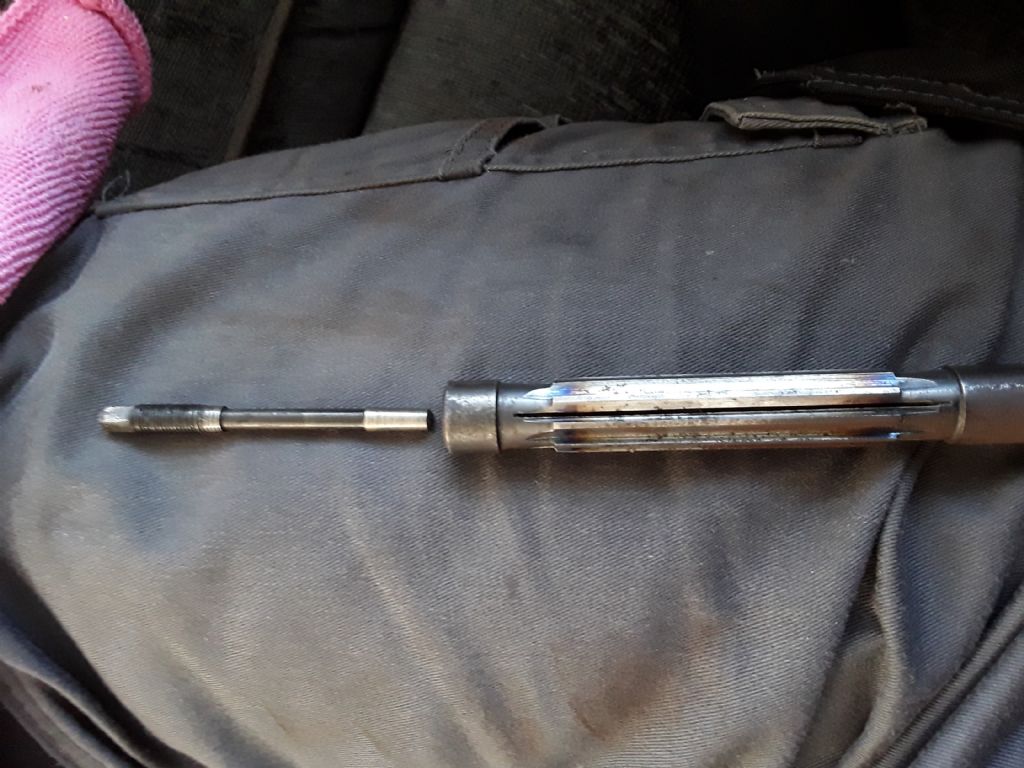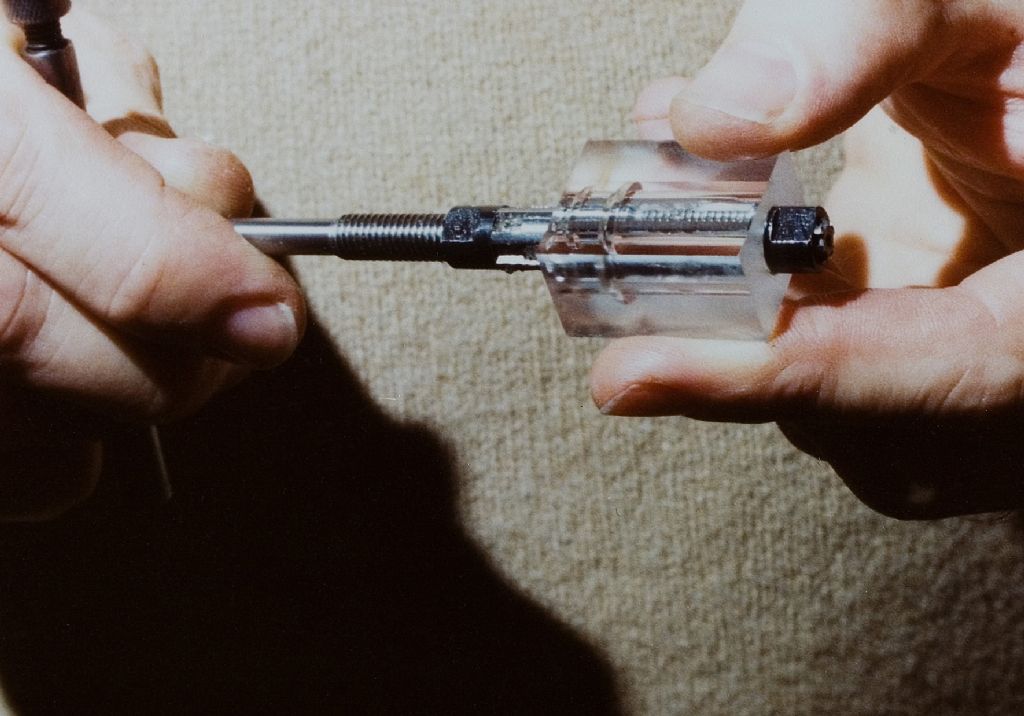Anyone shed light on this?
Anyone shed light on this?
- This topic has 37 replies, 20 voices, and was last updated 23 February 2018 at 11:32 by
Sam Longley 1.
- Please log in to reply to this topic. Registering is free and easy using the links on the menu at the top of this page.
Latest Replies
Viewing 25 topics - 1 through 25 (of 25 total)
-
- Topic
- Voices
- Last Post
Viewing 25 topics - 1 through 25 (of 25 total)








